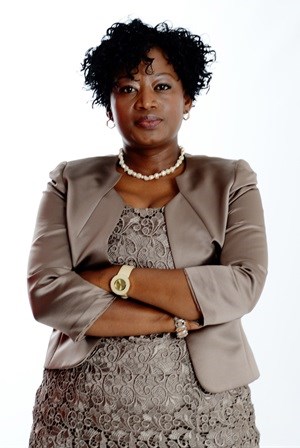
There are a number of solutions, however, and green building is one of the simple and highly effective ways to save water, explains Dorah Modise, CEO of Green Building Council South Africa (GBCSA).
“Green buildings not only encourage water savings but ensure water is used wisely with innovative water-efficiency and water-capturing solutions,” says Modise. “They help to assess existing water resources and identify opportunities for reducing water demand, as well as capturing water and using alternative water supplies.”
GBCSA’s rating tools – Green Star SA and EDGE – have aspects that focus specifically on water, while the Energy Water Performance (EWP) tool specifically allows benchmarking of existing office buildings’ water and energy consumption against an industry mean.
“We are acutely aware of evaluating potable and non-potable water use in design, construction and operation of buildings according to best practice. Our rating tools reward projects for doing well in their water initiatives,” explains Modise.
Some of the most common features of green buildings include efficient plumbing fixtures, submeters to better manage water supply and use, rainwater harvesting for uses such as irrigation and ablutions, and locally adapted or water-wise landscaping.
Among the top-rated projects for water conserving measures is Growthpoint Properties' developed and owned Grundfos Building in Germiston, Gauteng. It has a rainwater harvesting and filtration system that uses Grundfos pumps and filtration equipment, purifies water to drinking quality and supplies both the office block and the warehouse. Municipal water is used for top-up only in the dry winter months.
Another stand-out water-smart building is the Aurecon West Building in Century City, Cape Town, which was developed by the Rabie Property Group for owners Ingenuity Property Investments. Its potable water is conserved by using treated effluent from the Potsdam Wastewater Works for all the irrigation needs as well as also treating it to an improved quality and using it to flush all the toilets and urinals, thus negating the two largest water demands.
It isn’t only water-saving buildings the GBCSA is encouraging, it is entire water-saving communities.
Its latest tool, the Green Star – Communities rating tool, is being piloted and applied to the local context in South Africa. It will help governments, development project teams, contractors and other stakeholders to develop more water-efficient and sustainable large-scale projects, including neighbourhoods and precincts.
The GBCSA has suggested the following water-saving tips for office environments and municipalities: